Empower Your Recovery Journey
Progressing Not Perfecting: A Path to Sustainable Change
Discover transformative strategies and resources to support your addiction recovery journey, focusing on personal growth and spiritual well-being.
What is Harm Reduction and Why Is It Important?
To access resources scroll down.
Harm reduction is a set of practical strategies and ideas aimed at minimizing the negative health, social, and legal impacts of drug use. It recognizes that while abstinence is the safest approach, not everyone is ready or able to stop using drugs immediately. By focusing on reducing harm rather than solely promoting cessation, harm reduction acknowledges the dignity, autonomy, and human rights of people who use drugs.
Understanding Addiction Through Data
Over 20 million Americans struggle with addiction, yet only 10% receive treatment. Harm reduction strategies can significantly decrease overdose deaths and improve quality of life.
Million (16.7%) Americans (Aged 12 and Older) Battled a Substance Use Disorder in the Past Year. (American Addiction Centers, 2024)
Million (More Than 9% of Adults) Americans Are In Recovery From Some Form of Substance Use (Recovery Research Institute, 2024)
People Who Experience Addiction Eventually Recover. (NIDA,2020)
Key Resources for Harm Reduction
National Harm Reduction Coalition
Be a Catalyst for Love, Justice, Community and Connection.
Find Naloxone Near You
The Naloxone Finder is intended for people who use drugs to access naloxone in their community.
Find Syringes Near You
Find a local syringe access program using the map on the NASEN website.
Stay Informed Better to be Safe
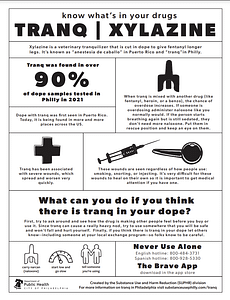
About Xylazine/ Rompun
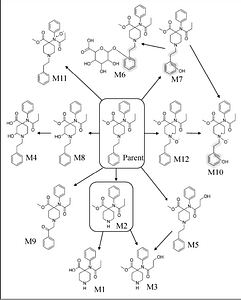
💀Carfentanil💀
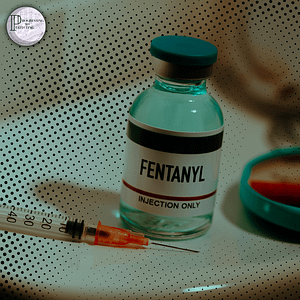
About Fentanyl
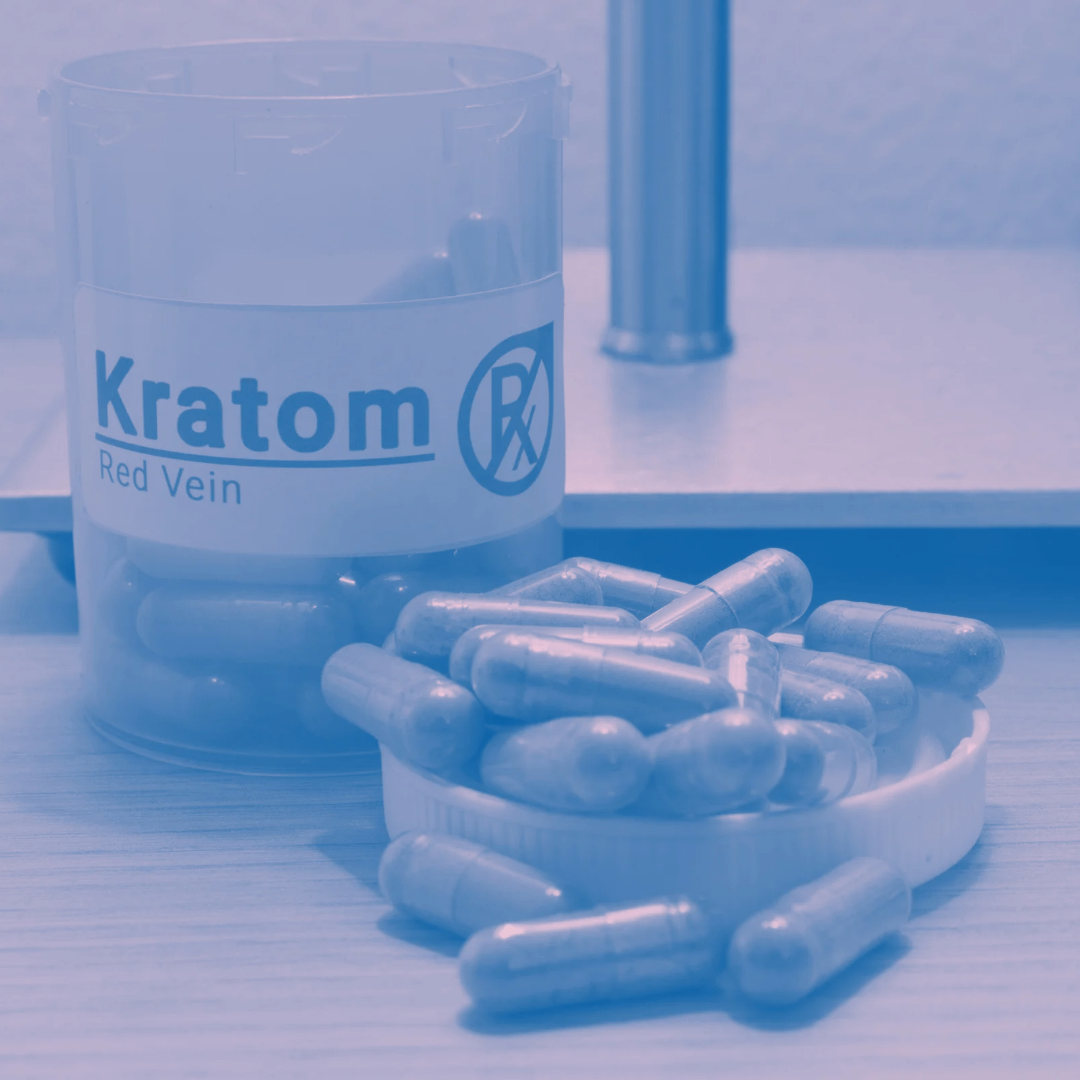
About Kratom
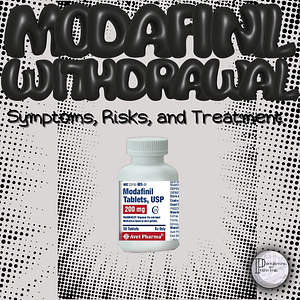
About Modafinil

Overdose Prevention
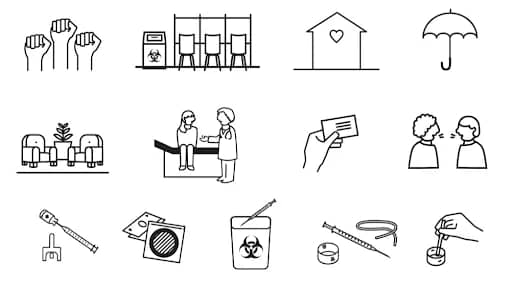
Safer Use
Harm Reduction for Sex Workers
Addiction Recovery Resources
Resource Name
12-Step Program
Cognitive Behavioral Therapy
Support Groups
Online Counseling
Mindfulness Meditation
Resource Type
Peer Support
Therapeutic Intervention
Community Support
Digital Therapy
Stress Reduction
Accessibility
In-person Meetings
One-on-One Sessions
Open to All
24/7 Availability
Self-guided
Effectiveness
High Success Rate
Evidence-Based
Widely Recognized
Convenient Access
Proven Benefits
Cost
Free
Insurance Covered
Donation-Based
Subscription Fee
Minimal Cost
Location
Local Chapters
Therapy Centers
Community Halls
Online Platforms
Anywhere
Duration
Ongoing
12 Weeks
Weekly Sessions
Flexible
Daily Practice
Target Audience
Adults
Teens
Families
Individuals
Everyone
Addiction Trends Insights
Over 20 million Americans suffer from substance use disorders, with only 10% receiving treatment.
Million People Misuse Opioids in a Year (drugusestatistics.org, 2024)
Opioids are a factor in at least 7 out of every 10 overdose deaths
of people seeking recovery from a substance use problem achieve their goal, though it may take them some time to achieve full remission. (StatNews.com, 2024)
Understanding Addiction
Comprehensive Guide to Recovery and Harm Reduction

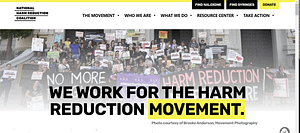
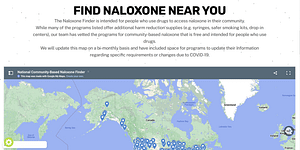




















You must be logged in to post a comment.